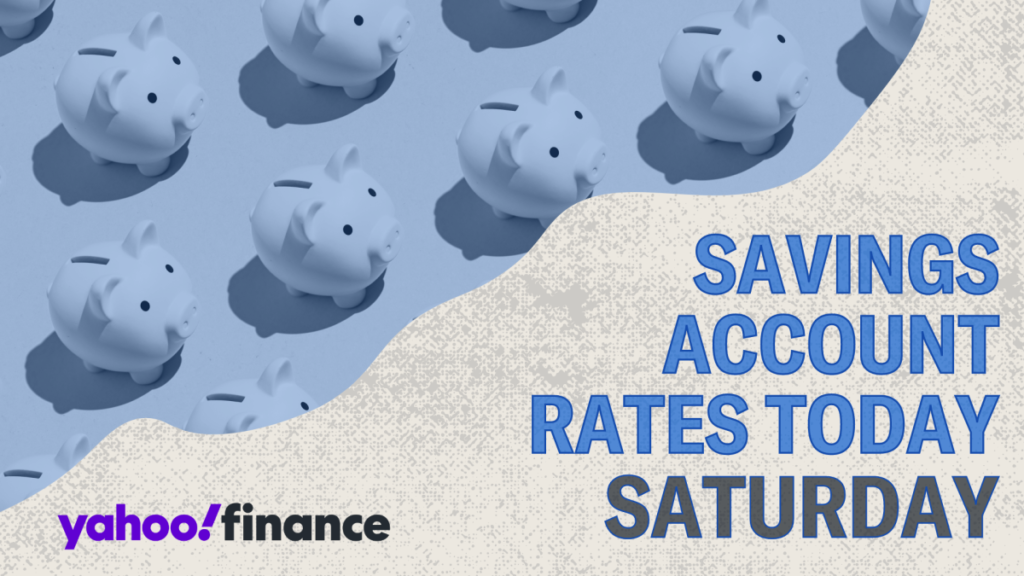Today’s savings account interest rates are experiencing a notable shift, driven largely by the actions of the Federal Reserve. Following a series of rate hikes that began in March 2022 in response to rising inflation, savings account rates reached their highest levels in over a decade. However, the Fed made a pivotal move to cut its target rate in September 2024, leading to a decline in savings account interest rates. Despite this reduction, many high-yield savings accounts are still offering competitive rates, making it an opportune time for consumers to explore their options. Understanding the current state of savings account interest rates and identifying the best offers in the market is essential for maximizing returns on savings.
The national average savings account interest rate, as reported by the FDIC, sits at 0.46%. While this figure may initially seem low, it marks a dramatic increase from the mere 0.07% seen just two years ago. This rise can be attributed to the Federal Reserve’s monetary policy, which aimed to curb inflation by increasing rates across the board. The Fed’s response to economic conditions, including 11 rate hikes followed by the recent rate cut, has influenced deposit account rates, including savings accounts. As a result, while the national average interest rate remains modest compared to other investment vehicles like Certificates of Deposit (CDs), higher rates are still available for those willing to shop around.
Currently, some high-yield savings accounts are offering rates significantly above the national average. For instance, Openbank stands out with a high-yield savings account offering an impressive 5.25% APY, requiring a minimum opening deposit of $500. This example illustrates the disparity between average account rates and the top offers available in the market. With various banks and financial institutions competing for deposits, savvy savers can benefit from researching and finding accounts that provide more attractive interest rates.
Interest earnings from a savings account depend heavily on the annual percentage yield (APY), which takes into account the base interest rate and the frequency of interest compounding. For instance, depositing $1,000 at the average interest rate of 0.46% with daily compounding yields a total of $1,004.51 after one year, earning just $4.51 in interest. However, if the same $1,000 was placed in a high-yield savings account with a 5% APY, the total balance would elevate to $1,051.27 after a year, representing a more substantial interest earning of $51.27. This highlights the significant difference in potential earnings based on the choice of savings account.
The earning potential increases significantly with the amount of the deposit. For example, if a saver deposits $10,000 into a high-yield savings account yielding 5% APY, they would see their balance grow to $10,512.67 after one year, resulting in a total interest earning of $512.67. This example underscores the importance of choosing the right account — not only does the interest rate matter, but the total deposit also plays a critical role in maximizing returns. Understanding these dynamics can empower consumers to make more informed financial decisions related to their savings.
In conclusion, while the overall landscape of savings account interest rates is seeing a downturn following the Federal Reserve’s recent rate cut, the competitive nature of the banking industry means that high-yield savings accounts still offer attractive options for consumers. Those who take the time to compare rates and seek out the best possible offers can significantly enhance their savings growth. With the potential for higher interest earnings available, consumers are encouraged to reassess their savings accounts and consider making a switch to take advantage of the better rates currently available in the market. As interest rates evolve in response to economic changes, staying informed will be key to optimizing savings and achieving financial goals.

